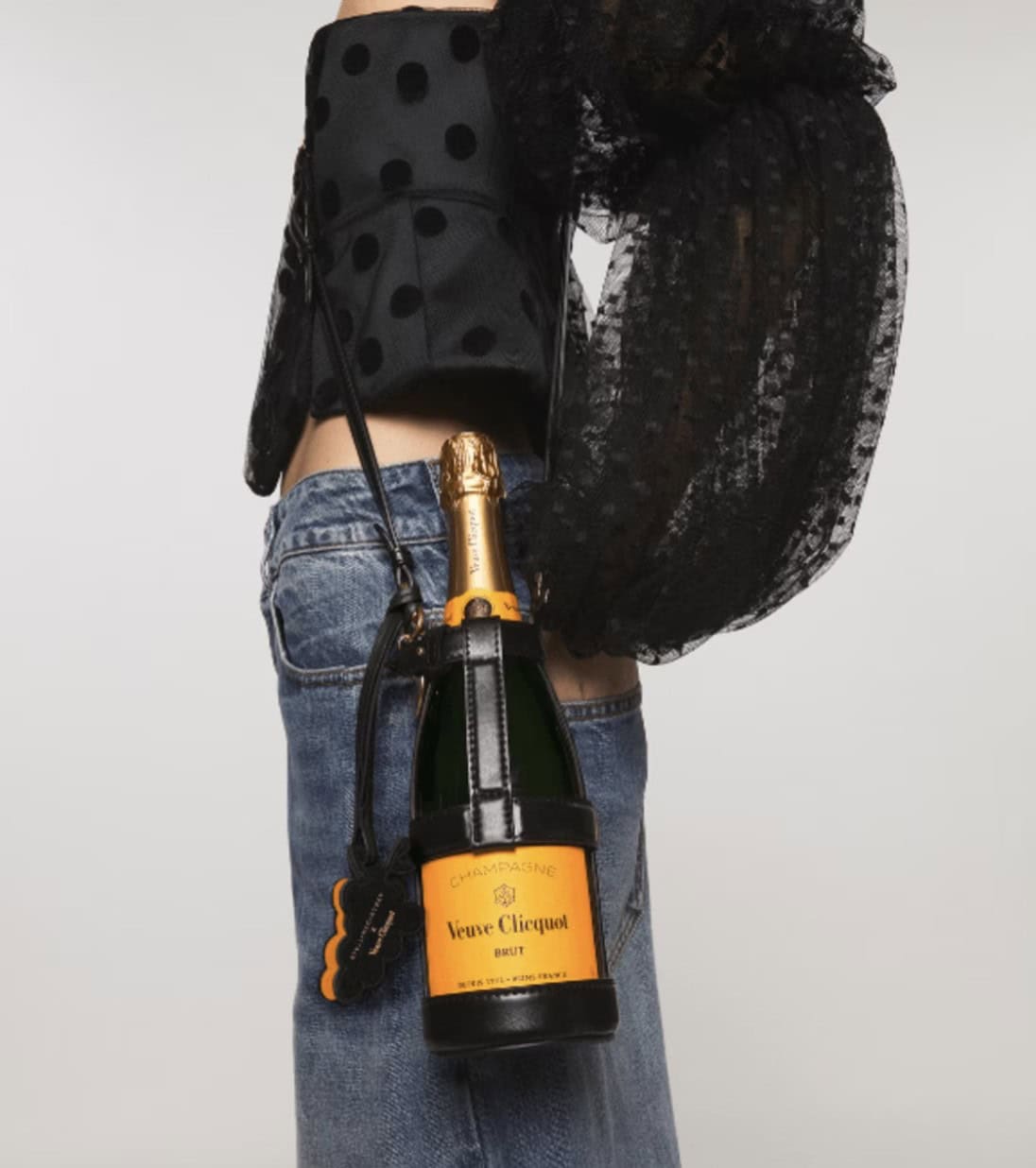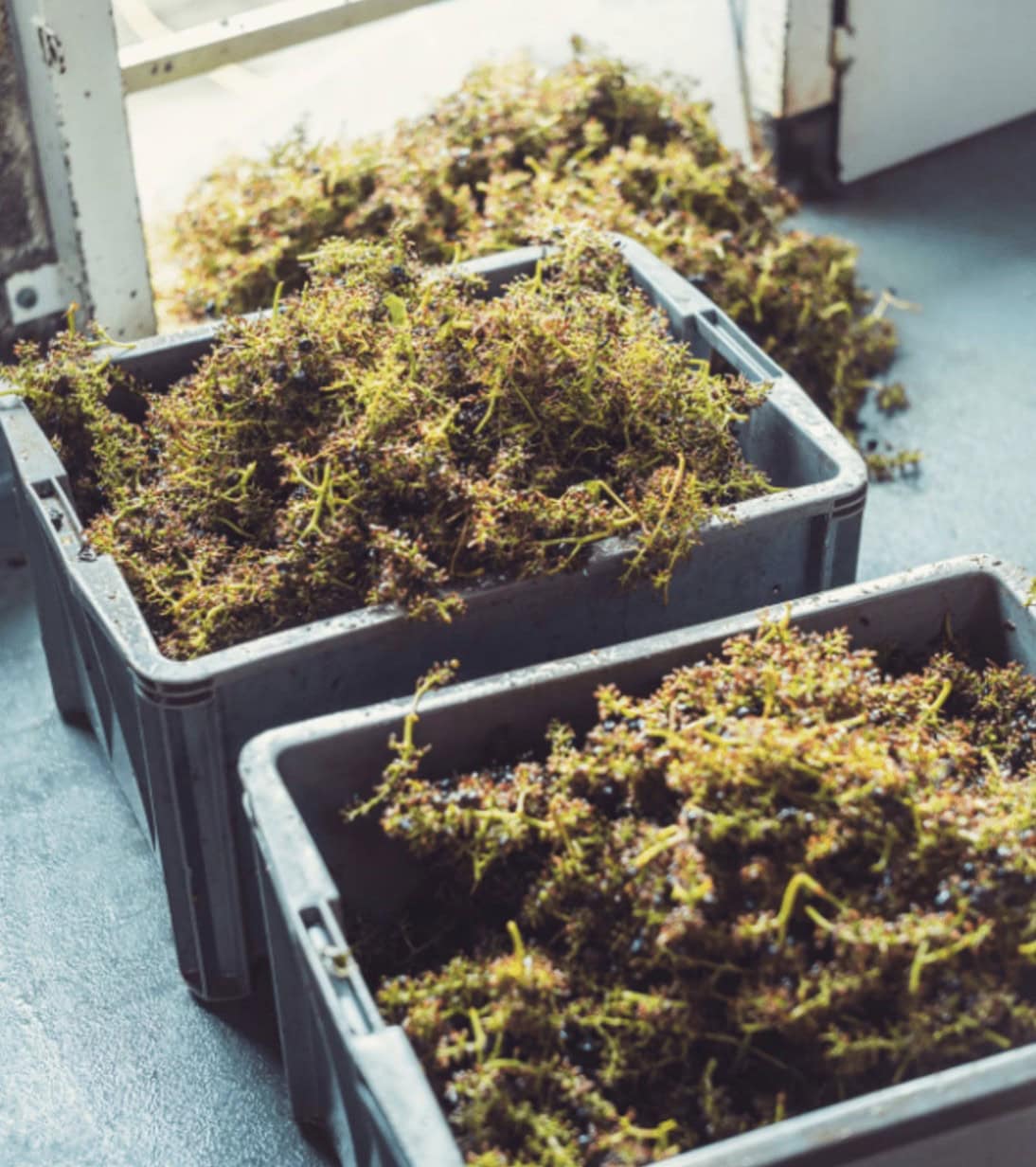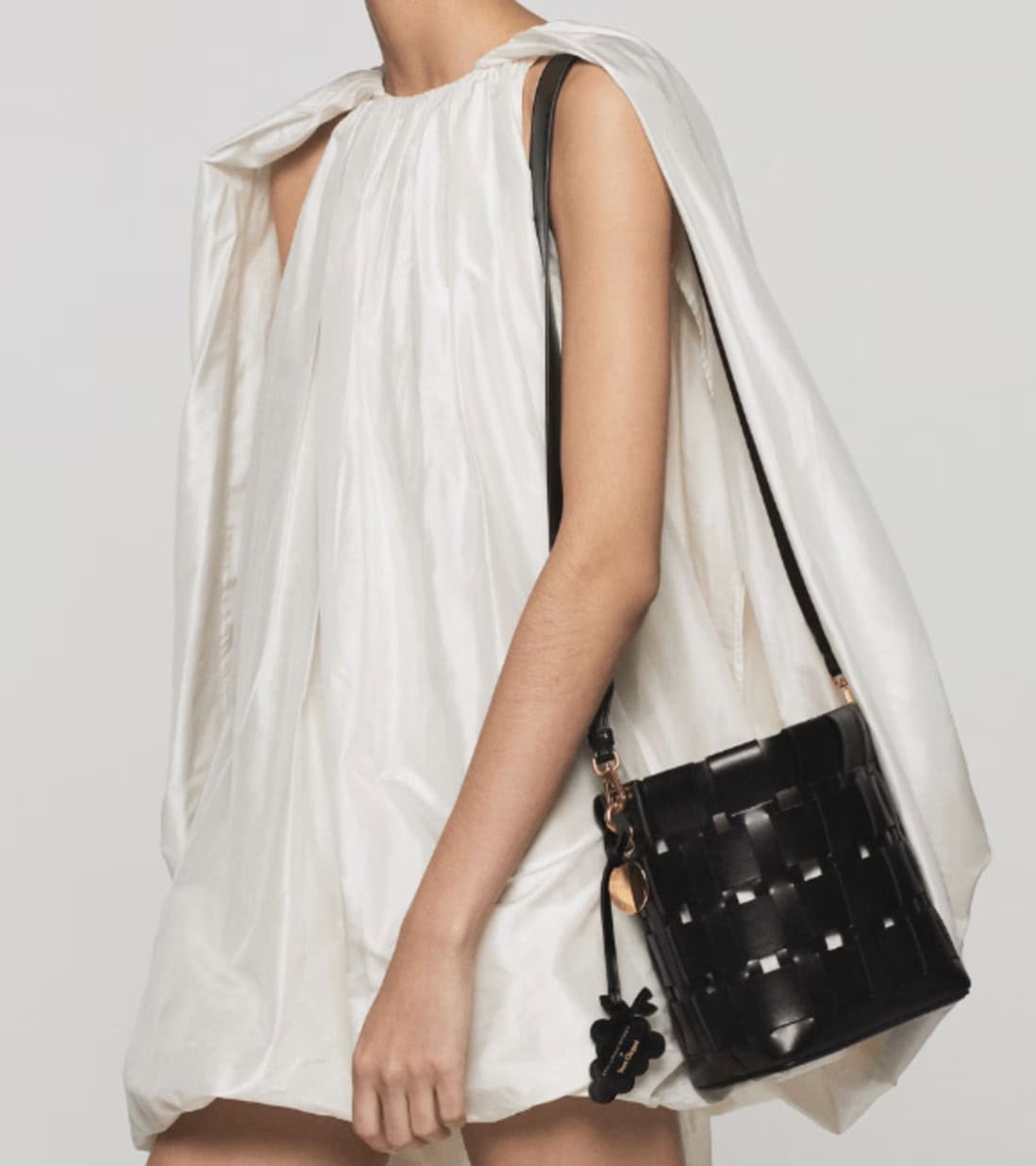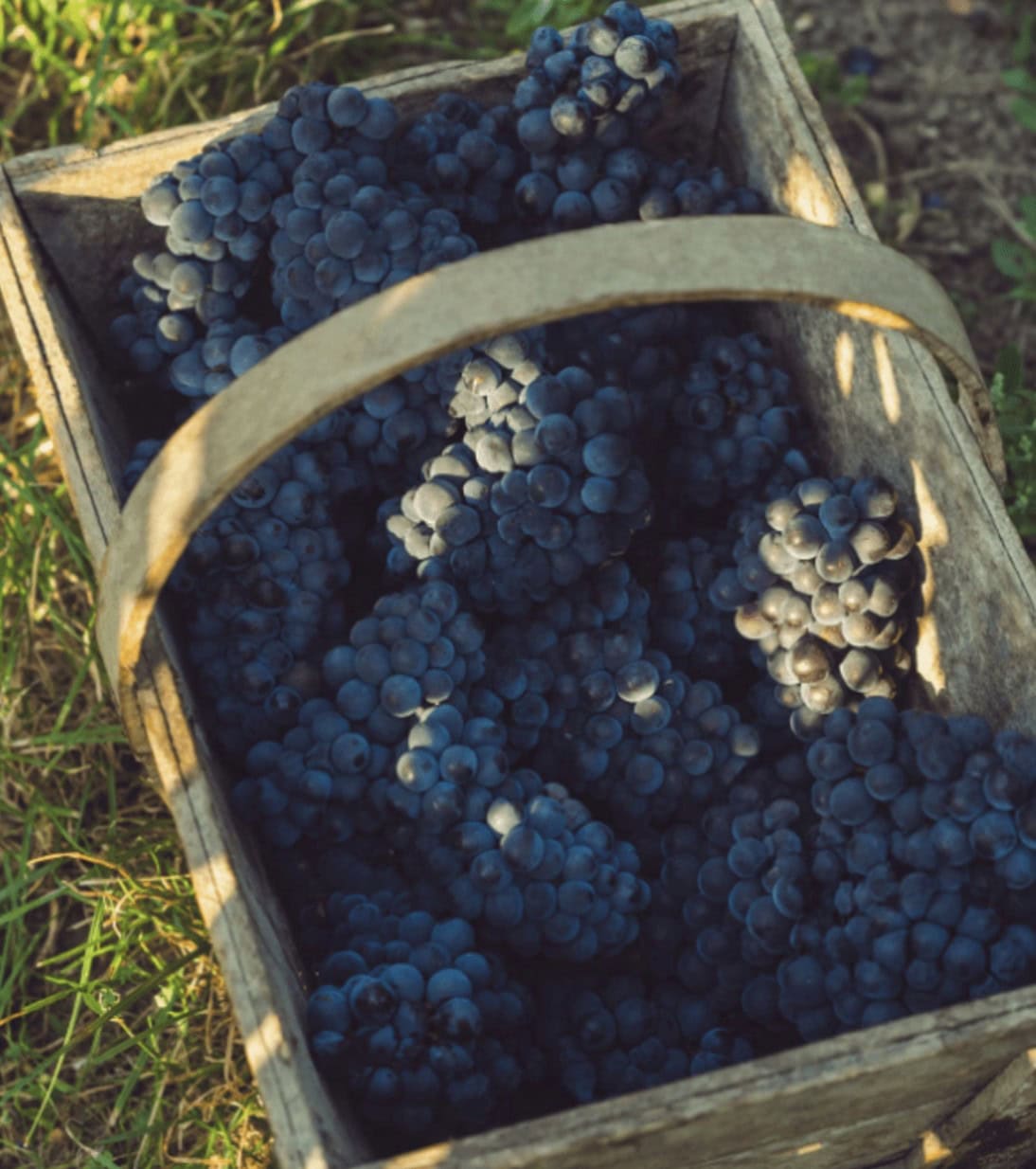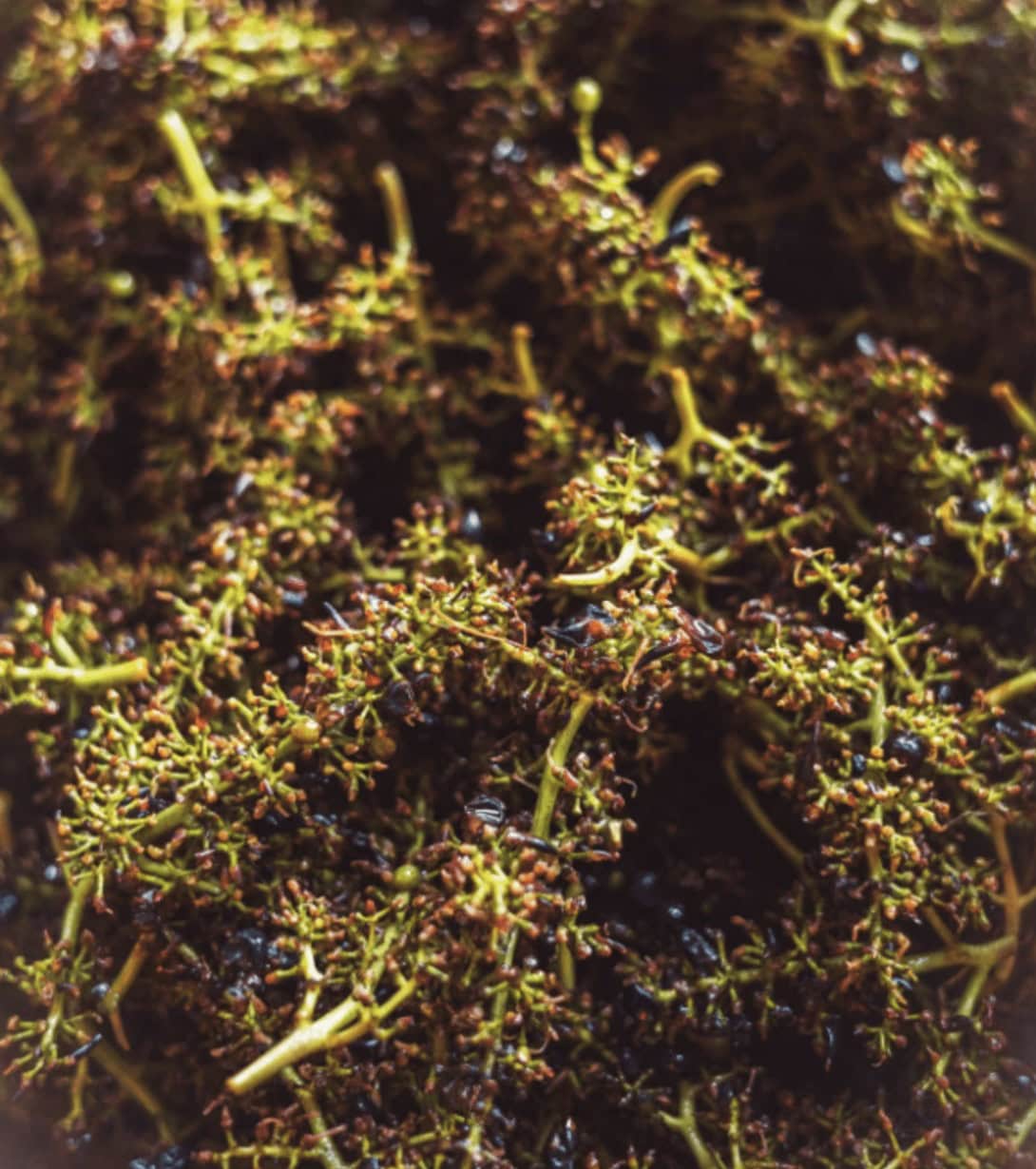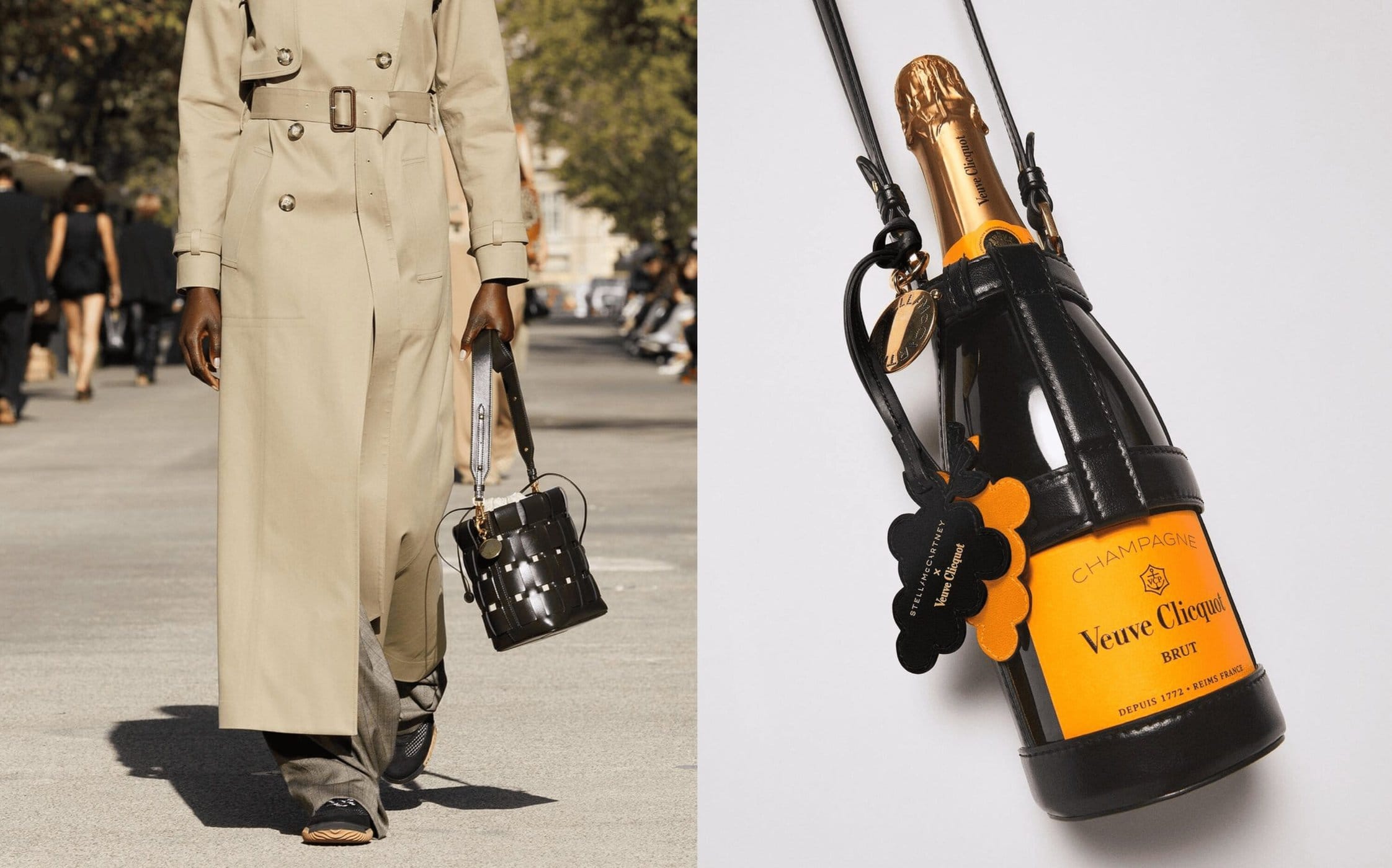Stella McCartney and Veuve Clicquot Craft Sustainable ‘Leather’ from Champagne Byproducts
Stella McCartney, known for her commitment to sustainable fashion, has collaborated with Veuve Clicquot, another LVMH Moët Hennessy Louis Vuitton brand, to innovate a new eco-friendly material. They have successfully transformed grape and cork waste into luxurious fashion accessories.
This groundbreaking partnership utilizes manually collected grape stems from the Champagne harvest and recycles them into high-end fashion items. The collection, which includes bags and platform shoes, showcases McCartney’s ongoing exploration of organic and sustainable materials in her designs. The initiative was subtly introduced during her Spring 2024 runway show at Paris Fashion Week, with a full line set to hit stores in March.
This grape leather, developed in under 18 months, is a significant stride in reducing greenhouse gas emissions associated with both leather production and winemaking. The material sources its grapes with complete traceability from Bouzy’s environmentally-certified Grand Cru vineyard, a historic site purchased by Madame Clicquot two centuries ago.
Jean-Marc Gallot, CEO of Veuve Clicquot, highlights the material as a testament to collective effort and expertise in regenerative agriculture, contributing to a brighter future in both champagne production and fashion.
The collaboration originated from McCartney’s challenge to LVMH to leverage inter-industry waste. McCartney was drawn to Veuve Clicquot’s longstanding commitment to sustainable practices and the pioneering spirit of Madame Clicquot. The grape leather mirrors the texture, appearance, and durability of real leather, offering a scalable and innovative alternative to traditional materials.
Complementing the use of grape waste, the collection also incorporates recycled cork from Veuve Clicquot’s cellars, aligning with McCartney’s philosophy of sustainable and circular fashion practices. Cork, as a material, stands out for its sustainability, being natural, renewable, and recyclable, while also playing a crucial role in carbon absorption and oxygen production.
Both Veuve Clicquot and Stella McCartney have been active in pursuing regenerative practices in their respective fields. Veuve Clicquot’s efforts include developing packaging from vegetal waste and transitioning to hemp-based gift boxes, while McCartney has supported regenerative cotton projects in partnership with LVMH.
This collaboration represents a significant move towards more sustainable fashion, highlighting the potential of next-generation, biobased materials that are kinder to the environment and animal welfare. It sets a new standard for the industry, demonstrating the viability and desirability of eco-friendly alternatives in luxury fashion.
